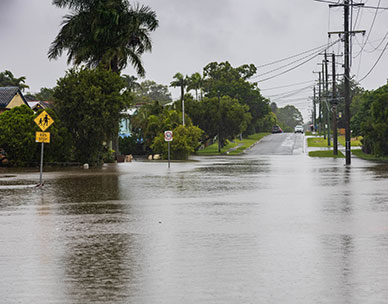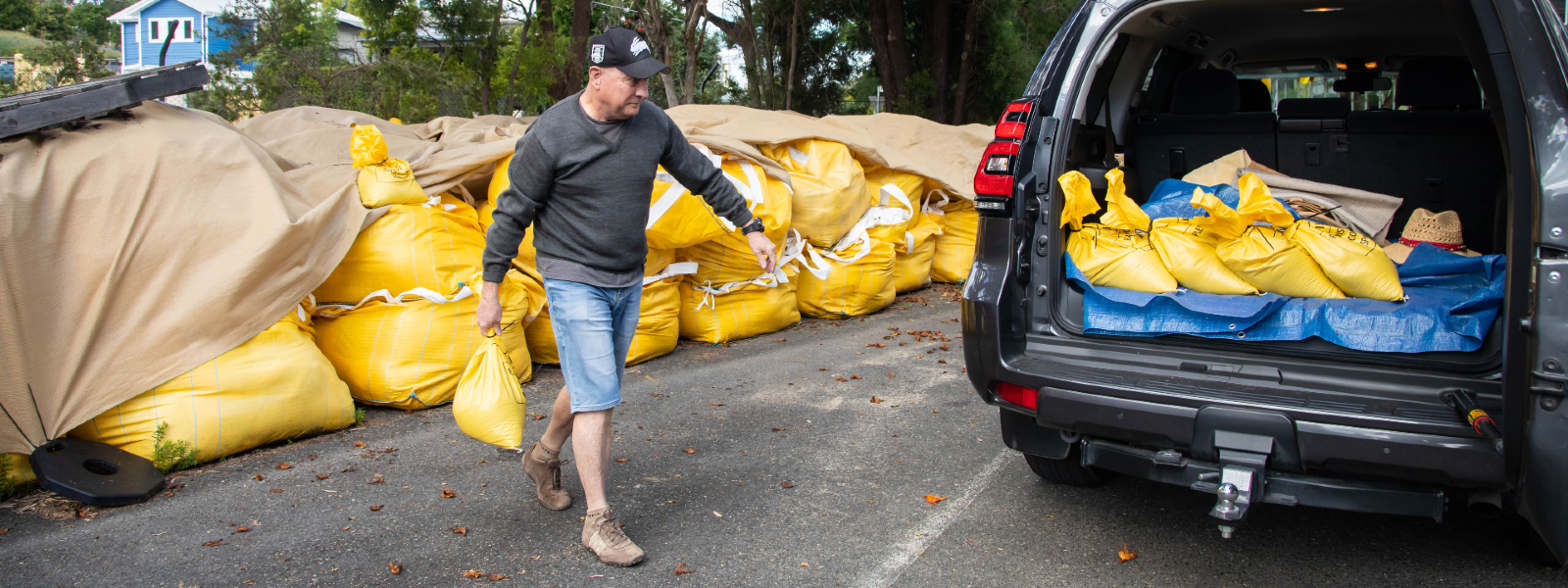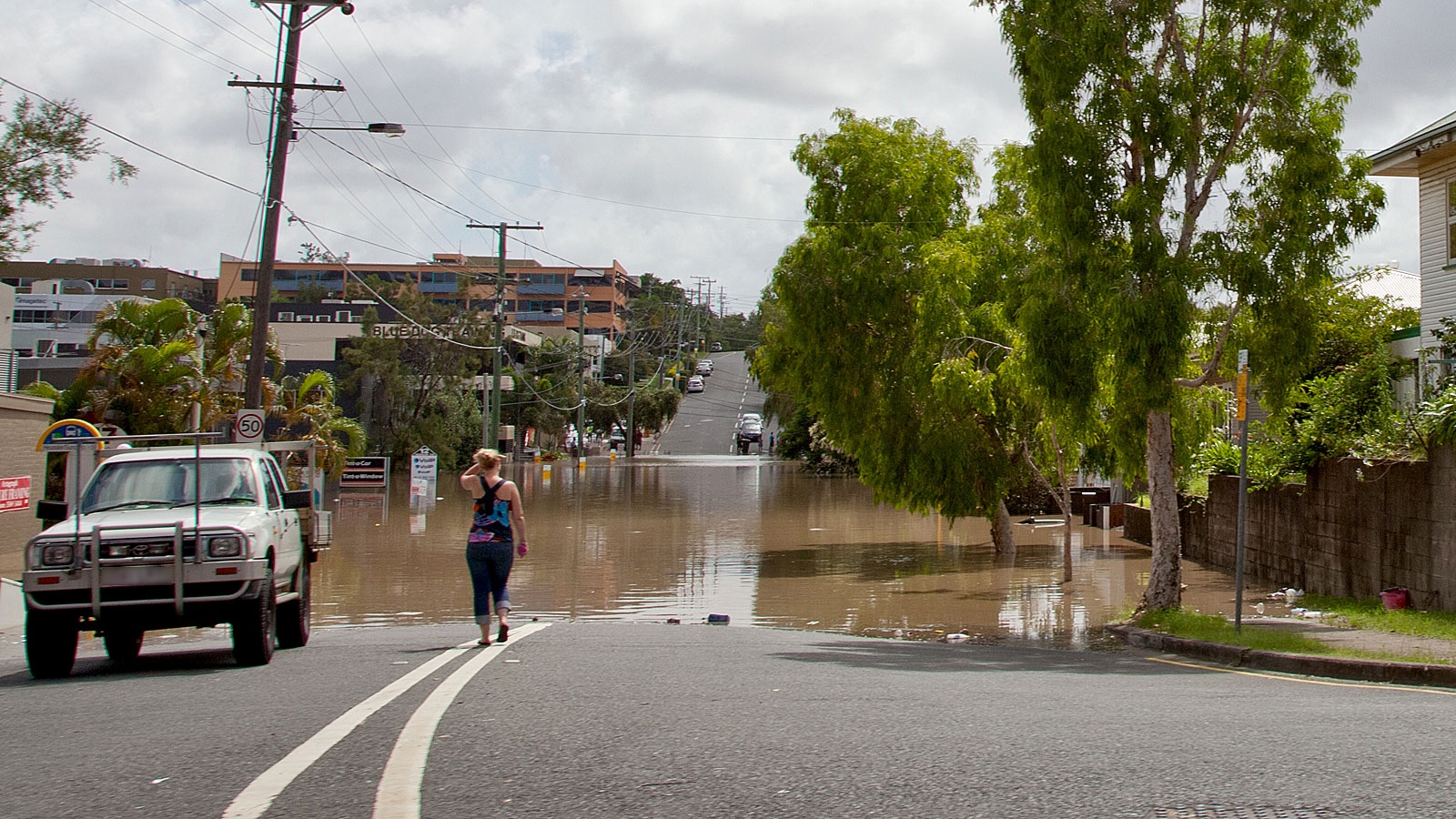
Disasters and emergencies
Brisbane City Council plays a major role in managing the impacts of disasters within its boundaries. Find information about emergency management, the State Emergency Service, FloodWise Property Reports and severe weather alerts.
Severe weather alerts
Sign up to Brisbane Severe Weather Alert to receive free alerts for severe weather and other public safety events to help prepare and protect you and your property. You can also receive creek flooding alerts if your property is affected by creek flooding or register for dam release notifications from Seqwater.
Australian Warning System
The Australian Warning System is a national approach to information and warnings during emergencies like bushfire, flood, storm, extreme heat and other severe weather. Ensure you are familiar with the meaning behind each of the 3 warning levels. Find out more about the Australian Warning System.
Advice
Advice

Advice warnings are yellow.
Advice warnings mean you are not in immediate danger. However, you should stay alert and be prepared to act on further warnings or updates.
Watch and Act
Watch and Act

Watch and Act warnings are orange.
Watch and Act warnings mean there is a heightened level of threat. Conditions are changing and you need to take action now to stay safe.
Emergency Warnings
Emergency Warnings

Emergency Warnings are red.
Emergency Warnings are the highest level of warning. You may be in danger and need to act immediately to stay safe. Do not delay and follow the warning advice.

Bushfire
Brisbane’s bushfire season is July to February, however bushfires can occur at any time throughout the year.

Storm
Storms can occur all year long but severe thunderstorms are most likely to occur between December and February.

Heatwave
Extreme heat in Brisbane is most likely to occur between November and March but can occur at any time.

Flood
Brisbane sits on a floodplain which means that flooding is possible at any time. Floods can be caused by creeks, rivers, overland flow or tides.


